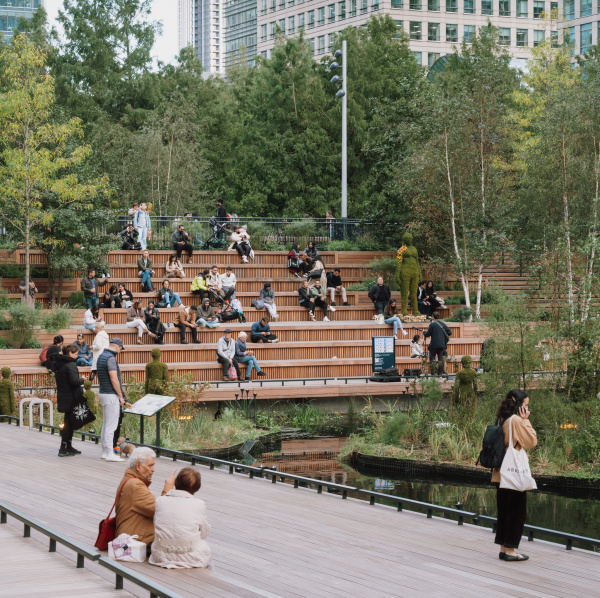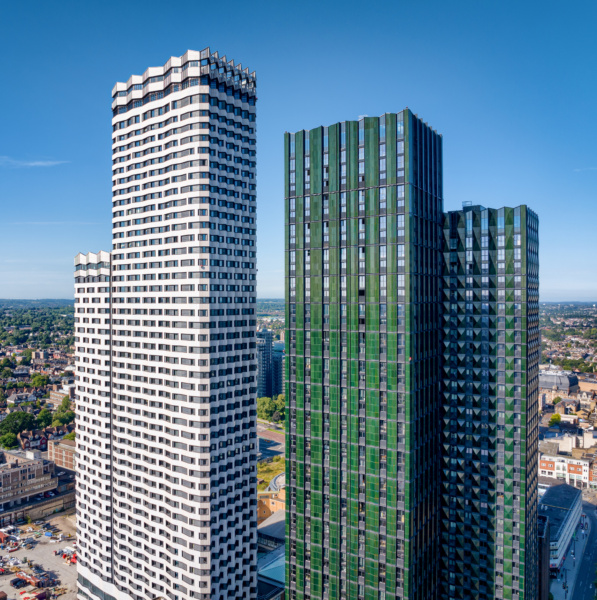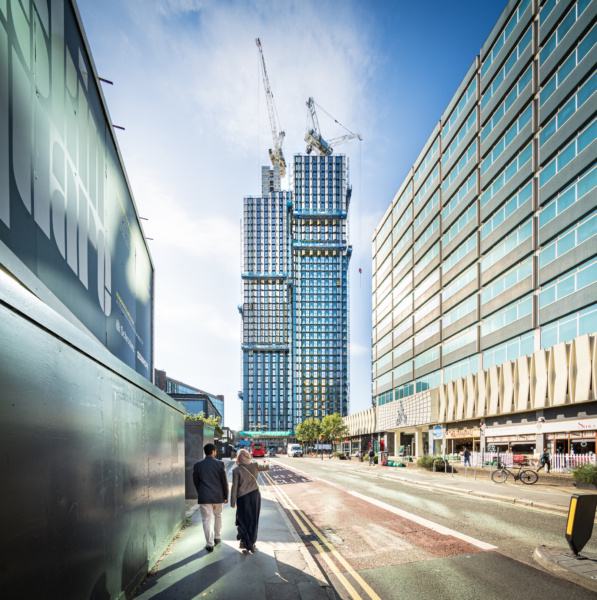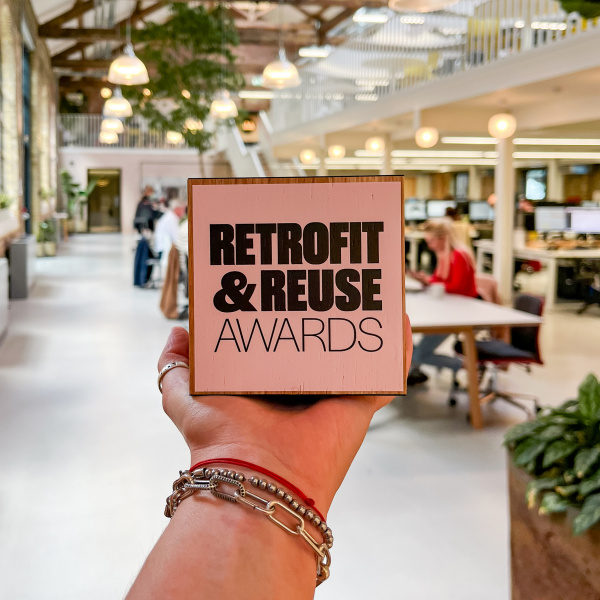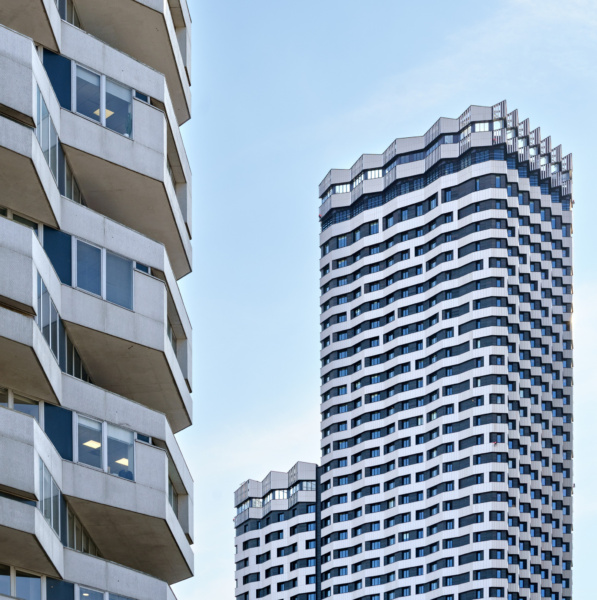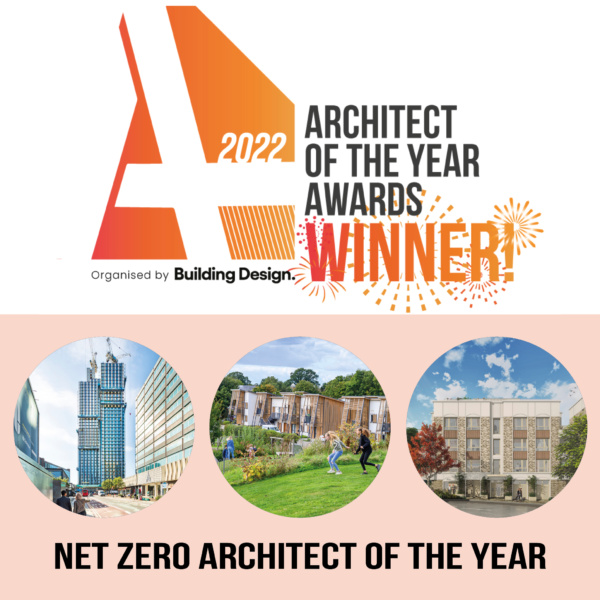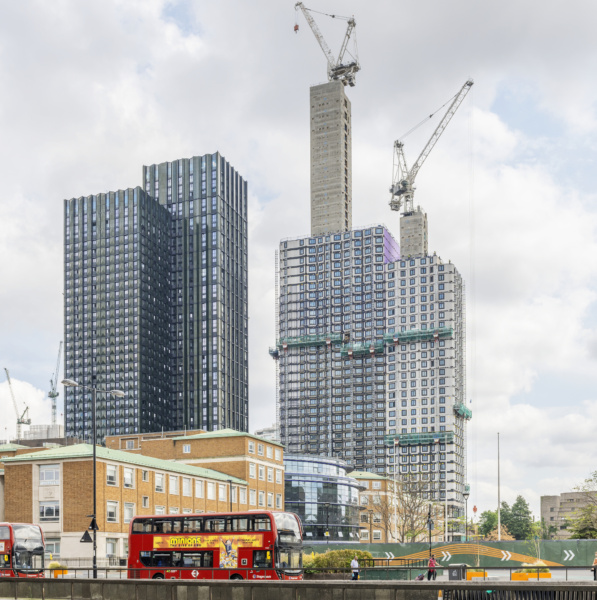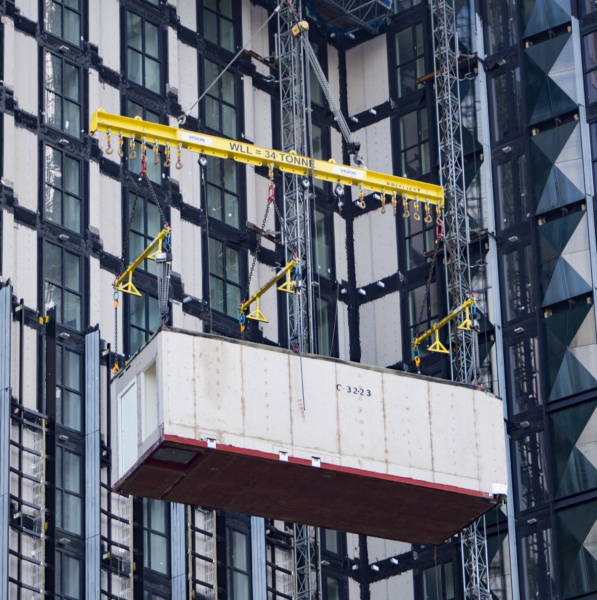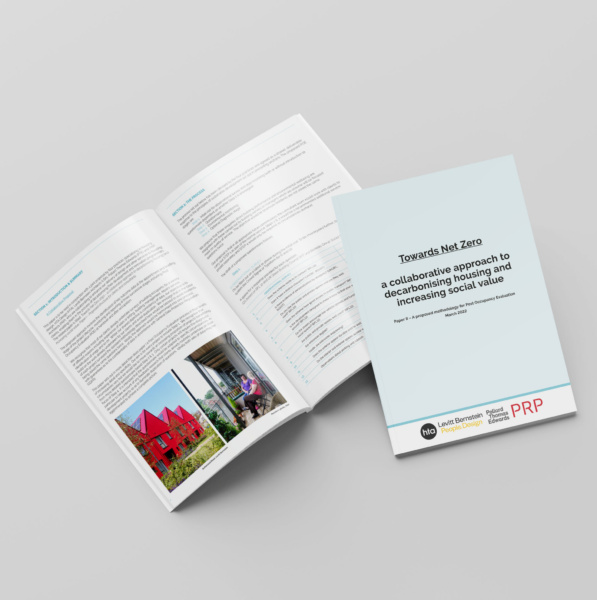We face a clear challenge: to build significantly more homes than the UK has delivered in the past 30 years, while reducing, and ultimately reversing, the environmental impact of construction. The industry currently accounts for around 40% of the UK’s total carbon emissions, and we recognise our responsibility to lead change. Our commitment to sustainable design has been recognised with BD AYA’s Net Zero Architect of the Year award in 2022, and Sustainability Architect of the Year in 2020.


Our approach to Sustainable design
We help tackle the climate crisis by delivering sustainable, evidence-led design and practical guidance. Our projects consider passive heating, cooling and lighting strategies to minimise environmental impact and improve building performance. We support clients through open dialogue about sustainability decisions, ensuring clarity even where technical detail is involved. Through our in-house Whole Life Carbon Assessment training, covering fundamentals, toolkits, standards, and BREEAM, we apply this expertise to optimise layouts and inform early design choices.

Emissions from Construction Activity
We estimate the carbon impact of our work by tracking the number of homes we help deliver each year with contractor clients. While these figures aren’t included in our Scope 3 emissions, in line with UKGBC guidance, they are reported through Life Cycle Assessments (LCA) submitted at planning.
Our ISO 14001:2015 accreditation and B Corp certification reflect our commitment to high environmental standards. We follow the Science Based Targets initiative (SBTi) to reduce emissions in line with the Paris Agreement and aim to reach Net Zero well before 2050. We offset our residual emissions through certified carbon credits.

RIBA 2030 Climate Challenge
We have signed up to the RIBA 2030 Climate Challenge to help forecast how our designs should perform in a low-carbon future. We track performance data from projects we analyse in-house and publish the results in our annual Carbon Report.
This shows a clear drop in predicted operational emissions, driven in part by the London Plan’s performance targets. Embodied carbon, however, shows slower progress, reflecting the scale of the challenge facing the industry.
Our studies of embodied CO₂ in volumetric modular buildings suggest measurable reductions against current benchmarks, offering promising pathways to lower emissions in future delivery.




